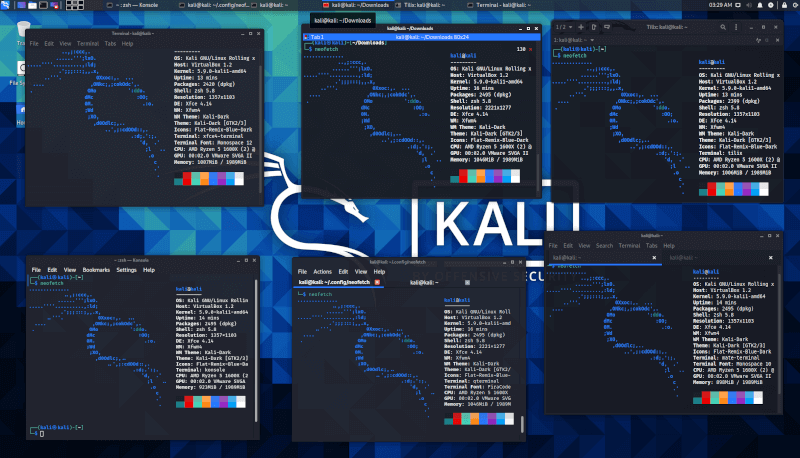
WSL 2 provides the benefits of WSL 1, including seamless integration between Windows and Linux, fast boot times, a small resource footprint, and requires no VM configuration or management.

Set your Linux distribution version from WSL 1 to WSL 2Ī traditional VM experience can be slow to boot up, is isolated, consumes a lot of resources, and requires your time to manage it.The primary goals of this update are to increase file system performance and add full system call compatibility.

WSL 2 is a major overhaul of the underlying architecture and uses virtualization technology and a Linux kernel to enable new features. WSL 2 will work with VMware 15.5.5+ and VirtualBox 6+. For builds lower than 14393, WSL is not supported at all. You may need to update to the latest Windows version. (Or enter the ver command in Windows Command Prompt). Check your Windows version by selecting the Windows logo key + R, type winver, select OK. WSL 2 is only available in Windows 11 or Windows 10, Version 1903, Build 18362 or later. Runs with current versions of VMware and VirtualBoxĪs you can tell from the comparison table above, the WSL 2 architecture outperforms WSL 1 in several ways, with the exception of performance across OS file systems, which can be addressed by storing your project files on the same operating system as the tools you are running to work on the project. Small resource foot print compared to traditional Virtual Machines

If your distribution is currently running WSL 1 and you want to update to WSL 2, see update from WSL 1 to WSL 2. WSL 2 is the current default version when installing a Linux distribution and uses the latest and greatest in virtualization technology to run a Linux kernel inside of a lightweight utility virtual machine (VM). The primary differences between WSL 1 and WSL 2 are the use of an actual Linux kernel inside a managed VM, support for full system call compatibility, and performance across the Linux and Windows operating systems. This guide will compare WSL 1 and WSL 2, including exceptions for using WSL 1 rather than WSL 2.
Learn more about different WSL versions, including why WSL 2 is now the default and the specific scenarios or exceptions that may warrant switching your installed Linux distribution to the earlier WSL 1 architecture.


 0 kommentar(er)
0 kommentar(er)
